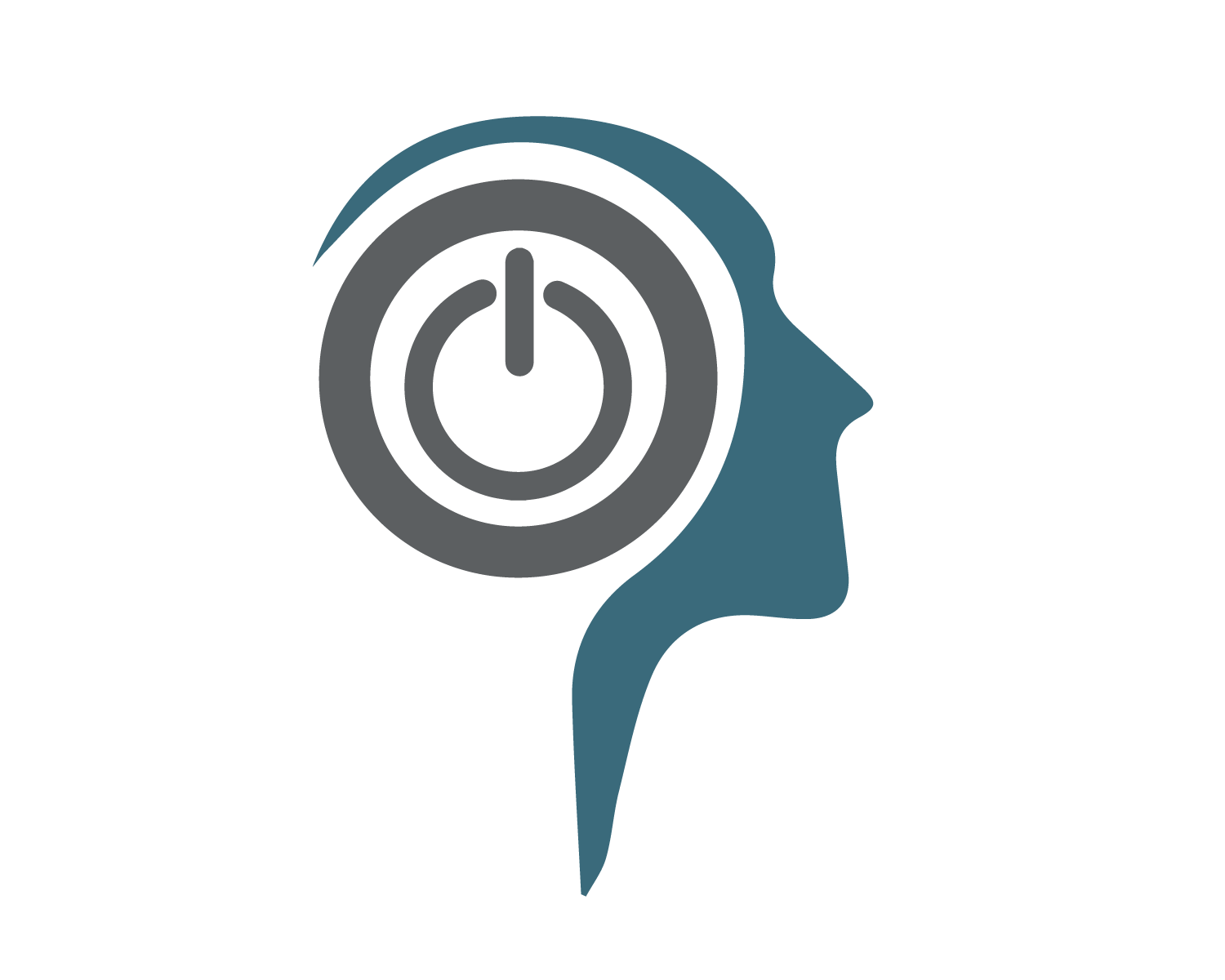A surprising number of people, including physicians, are unaware of the way the intervertebral discs are capable of referring pain in the body. It is more common to see an understanding of the referral pattern of a lumbar spine disc, or people referring to “sciatica” though the identification of cervical spine referral patterns still gets confused.
Many times, people may understand that their “pain in the butt” is actually coming from their low back. Many times it began in the low back, and now radiates from the low back to the glute area. This exact same process can be responsible for the hard to localize pain around the scapula, or shoulder blade, that many of us feel (especially when sitting at the computer). Take a look at the below illustrations.
This illustration shows the pain referral pattern most common to a lower cervical disc.
This illustration shows the pain referral pattern most common to a lower lumbar disc.
Notice that in both instances, the pain begins as a central, localized pain in the midline low back or low neck. Then as the pain begins to peripheralize, we see it enter the shoulder and shoulder blade area, just as it enters the glute or butt area. That’s why we say that the scapula is the butt of the neck.
Therefore, it makes sense that the solution to each of these problems might be very similar. In my opinion, the best solution to either disc injury is appropriate McKenzie Method diagnosis and treatment.
That pain in the neck can be a real pain in the butt….am I right, or am I right?




